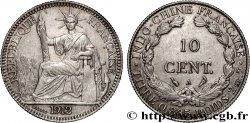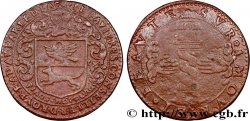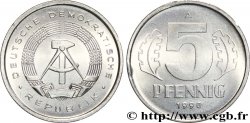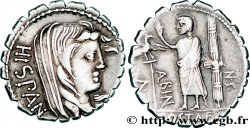Obverse
Obverse legend : REPUBLIQUE - FRANÇAISE// (1936) À L'EXERGUE ET BARRE.
Obverse description : La République assise à gauche de trois quarts de face, radiée et drapée tenant un faisceau de licteur, appuyée sur un gouvernail et une ancre ; devant elle une rizière ; signé BARRE à l'exergue.
Reverse
Reverse legend : .INDO-CHINE - FRANÇAISE. / TITRE 0,900. POIDS 13 GR. 5 / ESSAI.
Reverse description : en légendes circulaires, au centre en deux lignes : 50/ CENT..
Historical background
FRENCH INDOCHINA
(4/09/1870-10/07/1940)
French Indochina is part of the former French colonial empire, creation of the colonial administration, bringing together several territories: the protectorates of Tonkin and Annam and the colony of Cochinchina, grouped together from 1949 within the State of Vietnam, the French Protectorate of Laos and the French Protectorate of Cambodia. The Indochinese Union is created by the union of different territories of Southeast Asia colonized or passed under French protectorate during the 19th century. In the 20th century, the various Vietnamese independence movements gained in power: during the Second World War, the weakening of the metropolis and the occupation of Indochina by the Empire of Japan, put an end to the French colonial administration. March 9, 1945 (in July 1945 in Cochinchina). The power vacuum at the end of the war allows the Việt Minh, the Vietnamese independence movement led by the Indochinese Communist Party, to take over the north of the country. Attempts to reconcile and reform the status of Indochina failed and resulted in the Indochina War in 1946.. Faced with the political and military stalemate, France had to resolve to abandon Indochina, whose Vietnamese, Laotian and Cambodian components saw their independence recognized by the Geneva Accords of 1954, which also formalized the partition of Vietnam, like the wanted the Americans and the Chinese.









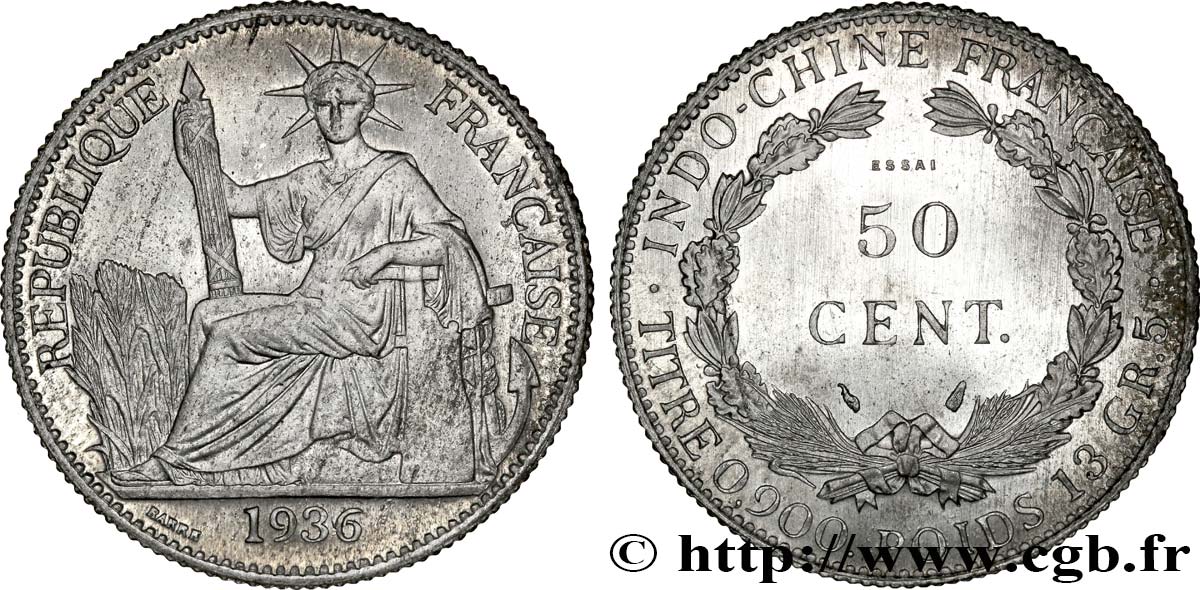
 Report a mistake
Report a mistake Print the page
Print the page Share my selection
Share my selection Ask a question
Ask a question Consign / sell
Consign / sell
 Full data
Full data

